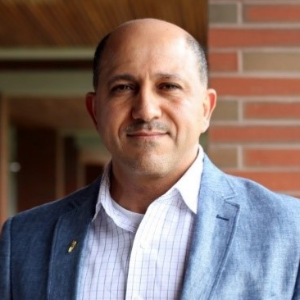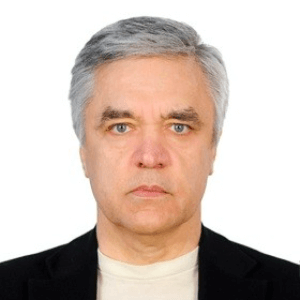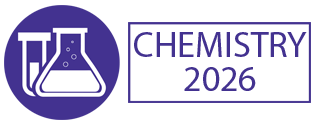Luminescence Spectroscopy
Luminescence spectroscopy is a powerful analytical technique used to study the emission of light from a sample following excitation by an external energy source. It encompasses various types of luminescence, including fluorescence, phosphorescence, and chemiluminescence, each with distinct characteristics and mechanisms. Luminescence spectroscopy provides valuable information about the electronic structure, molecular interactions, and environmental conditions of the sample. It is widely utilized in fields such as chemistry, biology, materials science, and environmental science for qualitative and quantitative analysis of fluorescent or phosphorescent compounds. Luminescence spectroscopy offers high sensitivity, selectivity, and versatility, making it suitable for detecting trace amounts of analytes in complex matrices. Techniques such as time-resolved luminescence spectroscopy enable the measurement of luminescence lifetimes and decay kinetics, providing insights into dynamic processes and molecular interactions. Advances in instrumentation, including high-resolution spectrometers and sensitive detectors, improve the performance and capabilities of luminescence spectroscopy. Collaboration between researchers, industry professionals, and regulatory agencies drives innovation and standardization in luminescence spectroscopy, expanding its applications and ensuring its reliability for various analytical needs.

Hossam A Gabbar
Ontario Tech University, Canada
Victor John Law
University College Dublin, Ireland
Alexander Bagaturyants
National Research Nuclear University MEPhI, Russian Federation
Sergey Suchkov
N.D. Zelinskii Institute for Organic Chemistry of the Russian Academy of Sciences, Russian Federation
Shree Niwas Chaturvedi
Centre for Aptitude Analysis and Talent Search, India
Pieter Samyn
SIRRIS, Belgium




Title : Advances in plasma-based radioactive waste treatment
Hossam A Gabbar, Ontario Tech University, Canada
Title : Unraveling the ultrastructure and functions of the neuronal membrane skeleton using super-resolution fluorescence microscopy
Zhou Ruobo, Djillali Liabes University of Sidi Bel Abbes, Algeria
Title : Solar box cooker dehydration, and relative humidity endpoint detection, of lamiaceae culinary leaves on the island of Crete
Victor John Law, University College Dublin, Ireland
Title : Nutrient and heavy metal loads from the Ribeiras to Coastal zones: A land-ocean continuum perspective in Madeira Island
Aracelis Del Carmen Narayan Rajnauth, University of Porto, Portugal
Title : Prospective polyoxometalate-based covalent organic framework heterogeneous catalysts
Arash Ebrahimi, Comenius University Bratislava, Slovenia
Title : Eliminating implant failure in humans with nano chemistry: 30,000 cases and counting
Thomas J Webster, Brown University, United States